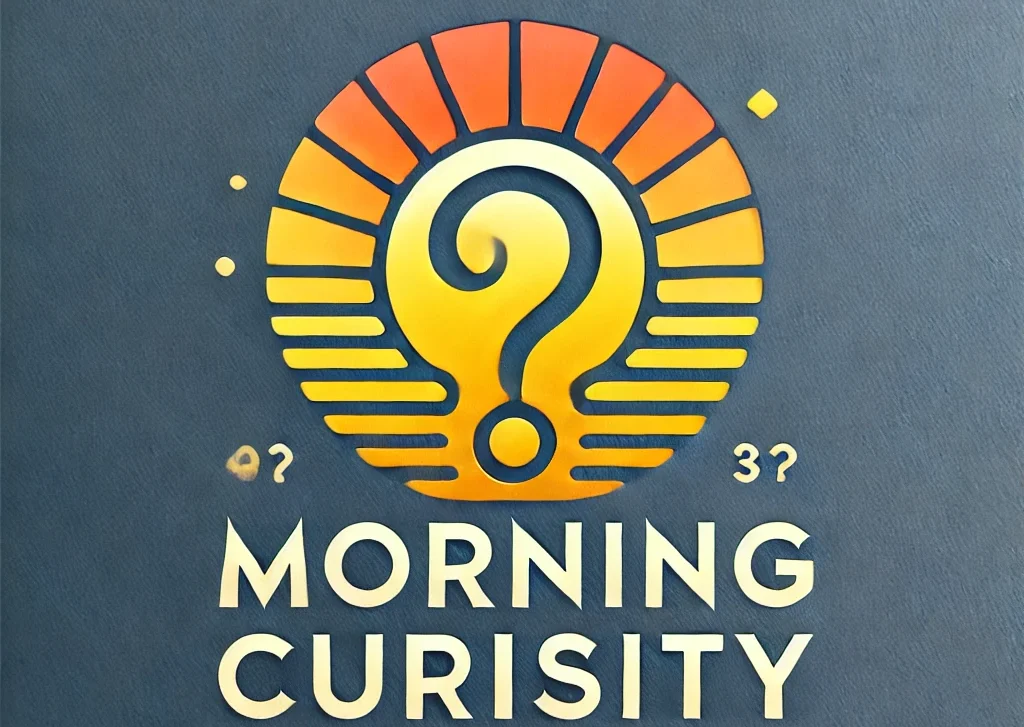How Many States in India? A Look at the Diverse Indian Subcontinent
India, a land of unparalleled diversity, is a federal union comprising various states and union territories. As of 2025, India has 28 states and 8 union territories. Each state boasts its own language, culture, traditions, and governance structures, making India a true mosaic of humanity.
In this blog, we’ll explore how India’s states were formed, their unique characteristics, and why understanding them is key to appreciating the country’s rich heritage.
The Structure of India’s States and Union Territories
India operates under a federal system, meaning governance is shared between the central government and individual state governments. States have the authority to make laws on topics under the State List, such as law enforcement, education, and healthcare.
Union territories (UTs), on the other hand, are administered by the central government, though a few, like Delhi and Puducherry, enjoy partial state-like governance.
Currently, the country comprises:
- 28 States, each with its own elected government.
- 8 Union Territories, some governed directly by the President of India through appointed administrators.
Historical Evolution of States in India
India’s current map hasn’t always looked the way it does today. Post-independence in 1947, India had a mix of British provinces and princely states. The need for administrative reorganization became evident, leading to the States Reorganization Act of 1956, which reorganized states largely along linguistic lines.
Over the decades, new states were carved out to better serve administrative needs or address local aspirations. Some key changes include:
- 1960: Maharashtra and Gujarat were formed from the Bombay State.
- 1966: Haryana was carved out of Punjab, and Chandigarh became a union territory.
- 2000: Three new states – Chhattisgarh, Uttarakhand, and Jharkhand – were created.
- 2014: Telangana became India’s 29th state (now 28 states after Jammu & Kashmir’s reorganization).
The Current List of States
Here’s the list of 28 states in alphabetical order:
- Andhra Pradesh
- Arunachal Pradesh
- Assam
- Bihar
- Chhattisgarh
- Goa
- Gujarat
- Haryana
- Himachal Pradesh
- Jharkhand
- Karnataka
- Kerala
- Madhya Pradesh
- Maharashtra
- Manipur
- Meghalaya
- Mizoram
- Nagaland
- Odisha
- Punjab
- Rajasthan
- Sikkim
- Tamil Nadu
- Telangana
- Tripura
- Uttar Pradesh
- Uttarakhand
- West Bengal
Union Territories: The Compact Powerhouses
India’s 8 union territories (UTs) are:
- Andaman and Nicobar Islands
- Chandigarh
- Dadra and Nagar Haveli and Daman and Diu
- Delhi
- Jammu and Kashmir
- Ladakh
- Lakshadweep
- Puducherry
Notably, Jammu & Kashmir was reorganized into two separate UTs—Jammu & Kashmir and Ladakh—in October 2019.
Why Understanding India’s States Matters
Each state in India is a microcosm of the country’s larger identity. The languages, cuisines, festivals, and even clothing styles can differ dramatically from one state to another. For example:
- Kerala is known for its lush backwaters, Kathakali dance, and Onam festival.
- Rajasthan is famous for its desert landscapes, royal palaces, and vibrant culture.
- West Bengal is synonymous with Durga Puja, literary heritage, and delicious sweets.
Understanding the states helps us appreciate this diversity and fosters a sense of unity amid differences.
The Role of States in India’s Growth
States contribute significantly to India’s economic, cultural, and political landscape. Whether it’s Maharashtra’s role as the financial hub, Karnataka’s tech industry, or Punjab’s agricultural strength, each state adds a unique flavor to the nation’s progress.
Moreover, the division of responsibilities between the states and the central government ensures a balanced approach to governance. States can focus on local issues, while the central government handles matters of national importance.
Challenges in State Reorganization
Despite the successes of state formation, challenges remain. Demands for new states like Gorkhaland, Vidarbha, and Bundelkhand reflect aspirations for better governance and cultural identity. However, such decisions require careful consideration of economic, political, and social factors.
Conclusion
The question, “How many states are there in India?” might have a straightforward answer—28 states and 8 union territories—but the story behind this structure is anything but simple. India’s states are more than just administrative units; they are living embodiments of its history, culture, and diversity.
Next time you think about India’s states, remember that each one has its own story to tell, a story that adds to the incredible tapestry of this nation.
